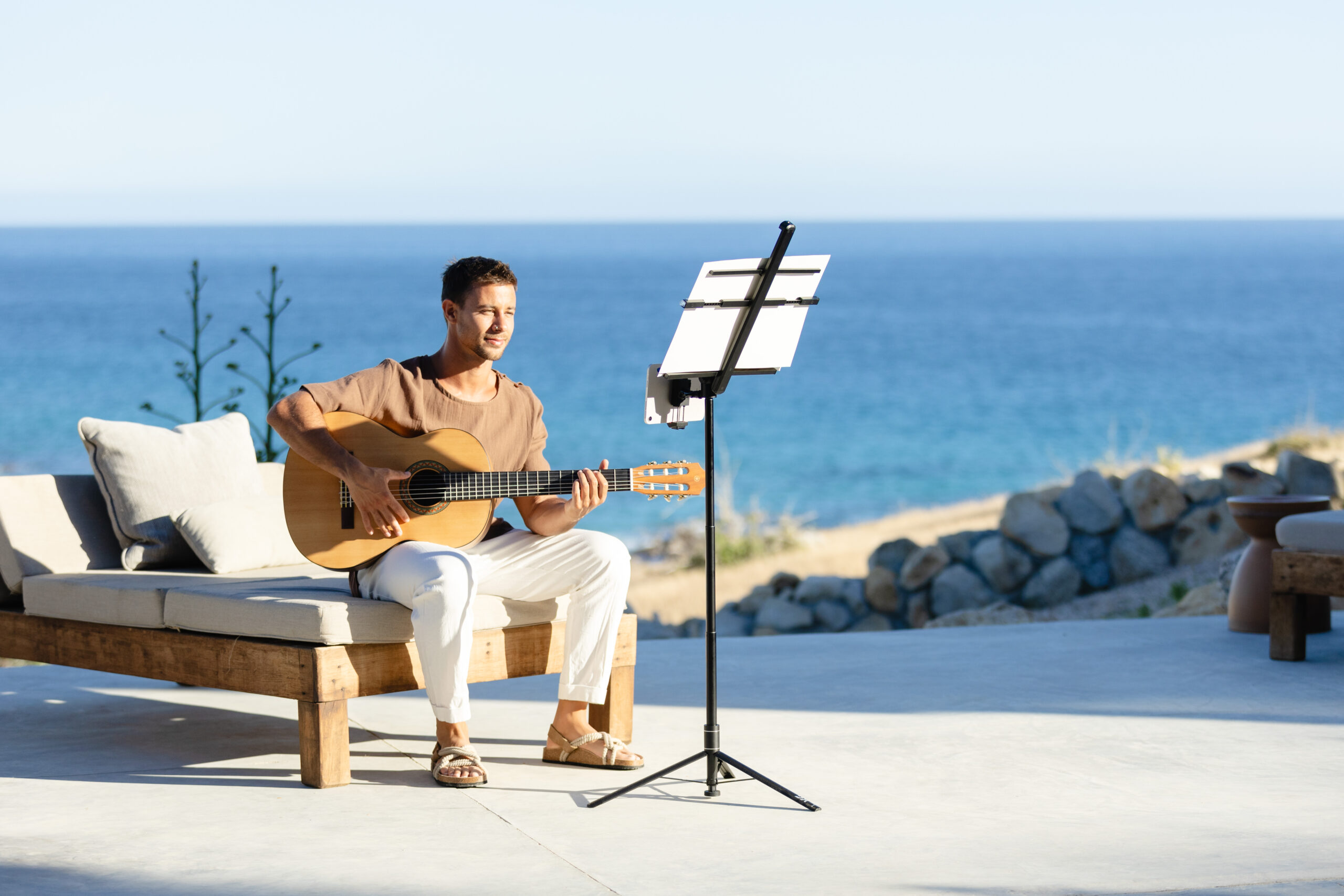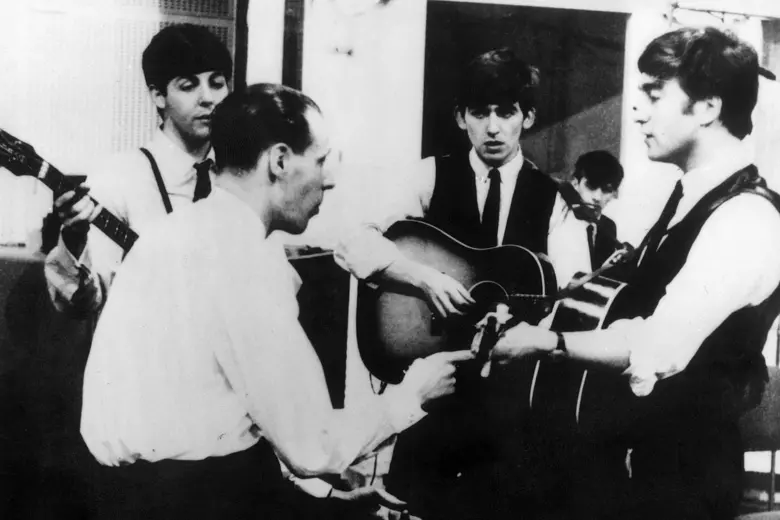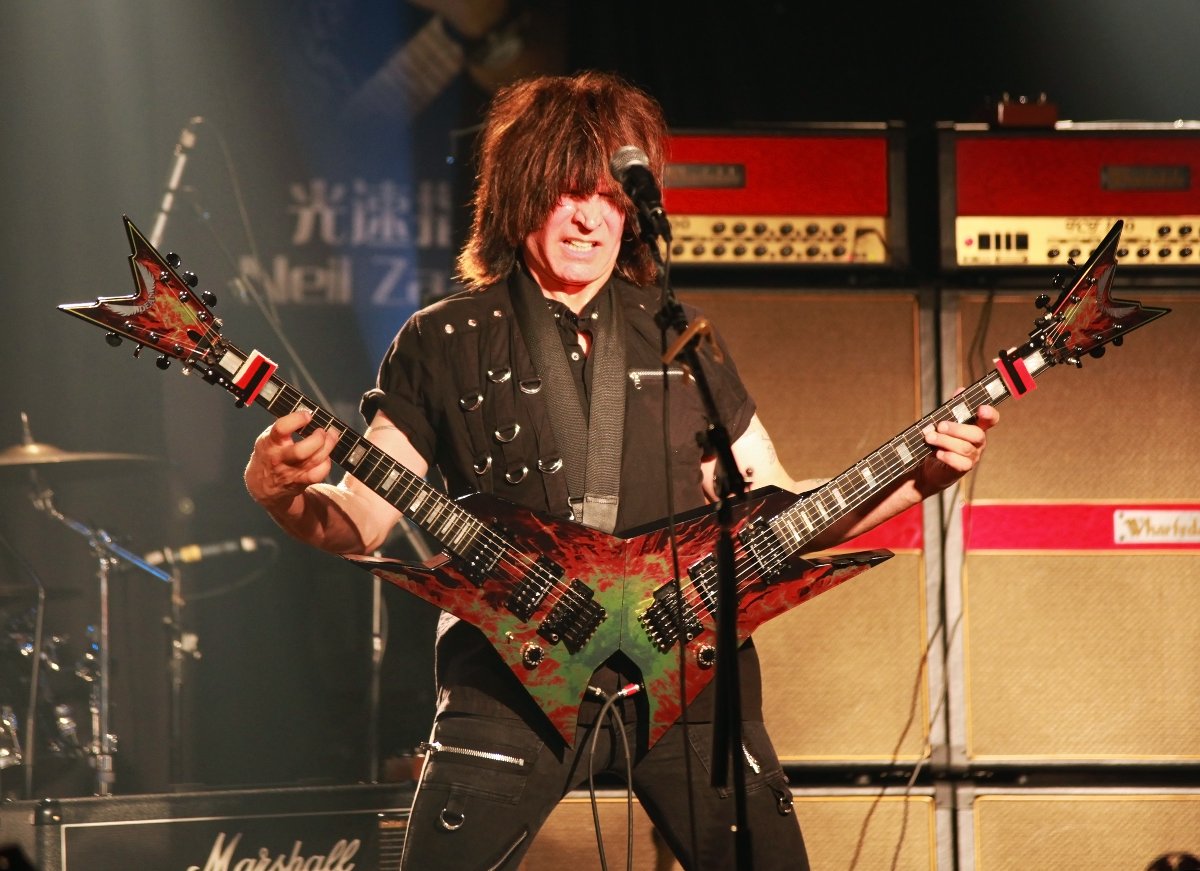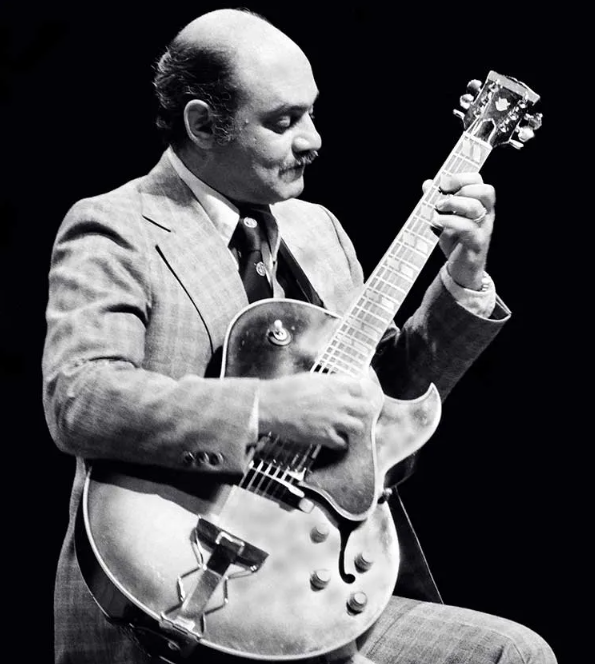The Dorian mode leans towards the minor family because of its b3 interval. So all that we have to do is take our minor pentatonic scale and add the intervals that make up our Dorian mode. They are the major 2nd interval and the major 6th interval. Instead of adding the b6 we add to the natural minor scale, we now add a natural or raised 6th interval.
Remember we said that the intervallic structure between notes of a scale gives us a specific sound or flavour of that scale. The intervallic structure of this scale is almost exactly like a minor scale. Now with a raised 6th degree, this gives us that specific Dorian sound.
Let’s compare the scale formula of the minor pentatonic and the Dorian scale.
The minor pent consist of:
1 | b3 | 4 | 5 | b7
The Dorian scale consists of:
1 | 2 | b3 | 4 | 5 | 6 | b7
Let’s Build A Dorian Mode
As we can see we have the b3 and b7 of the minor scale and the natural 6th degree were in a minor scale it should be a b6. So the only difference between a major scale and the Dorian scale is 2 notes. The main difference between it and a minor scale is 1 note, namely the b6. Now let’s put these intervals and notes on the fretboard building the pentatonic from the note C.
By adding these notes to our pentatonic shape that we know best, and then to the subsequent patterns. This will get us to the new Dorian mode pattern shapes starting on the note C. If we focus on mainly the 6th tone and then the subsequent b3 and b7 taking into consideration the root always, we will be able to get the specific Dorian sound that has hailed so many guitar players in the past.
Remember we can think of the Dorian mode as a scale in its own entirety which it is. It has its own intervallic structure from starting note/root note to end note.
Subscribe to our newsletter here – https://www.guitarexcellence.co.za/ne…
Full Access Area Is Here – https://www.guitarexcellence.co.za/on…
© Guitar Excellence 2017 All Rights Reserved






Comments (0)